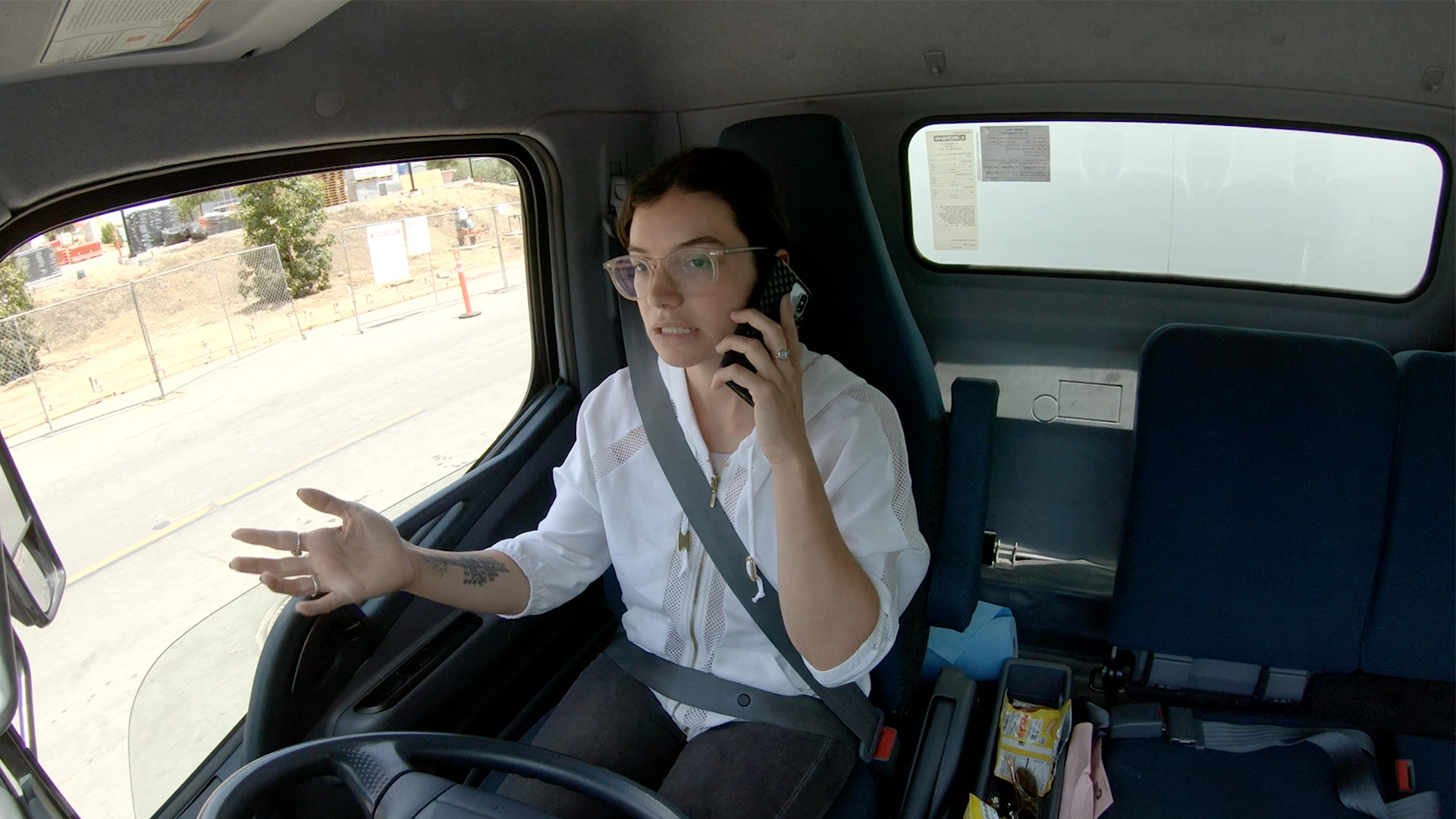FNOR: A Crystal Ball for Predicting Fleet Risk

In this article by Dron Kyle, Motor Risk Engineer at HDI Global SE, he explains how insurers and fleets can work together to benefit from technology that provides a preventative approach to fleet safety.
Drivers, managers, insurers—we’re all looking for a crystal ball. We’d love to see into the future and stop accidents from happening.
During my 18 years in the transport and telematics space, I’ve seen the evolution of telematics and its impact on fleet efficiency and driver safety. In the early days, telematics had a bad reputation among some drivers of “big brother is watching.” But when I looked at it, I saw that telematics was moving us closer to the crystal ball we’d always wanted.
Without telematics, fleet managers had no visibility into what was happening with their vehicles and their property. As telematics is evolving, visibility is becoming clearer. Vehicle tracking upped the ability to plan efficient deliveries and routes. Analysing the data from telematics revealed useful statistics, such as a positive impact on fuel economy when the driver observed speed limits and adopted a smoother driving style. Then the integration of video came along to provide a complete picture of what’s happening on the road, making video telematics a necessary tool to mitigate the challenges fleet managers face today. The benefits of telematics far outweigh any negative perceptions.
FNOR: A crystal ball for predicting risks in order to help prevent them
Now the next evolution in telematics is here, with First Notification of Risk (FNOR) to take incident prevention to the next level. When I first heard this, I thought, “Wow, this is amazing. This is my crystal ball. I’ve found it.” FNOR doesn’t just predict risks but helps prevents them.
The idea behind FNOR is to reduce First Notification of Loss (FNOL) through a proactive approach to fleet safety. A dashcam with machine vision and artificial intelligence (MV+AI) looks at the driver, identifies the driver’s risky behaviours, and alerts them to self-correct. Unfortunately, we all have risky behaviours, and most accidents are caused by avoidable distractions. But with FNOR, should I pick up my phone or drink whilst driving, I get an immediate alert in real time, reminding me to put it down and pay attention to the road. That is true risk prevention, as it's prevented a potential incident from happening because I am now attentive, alert, and refocussed.
How insurers and fleets can work together
Telematics alone is not a silver bullet. Simply installing a solution doesn’t provide benefits like reduced fuel costs or a reduction in incidents. Those are all by-products of better driving behaviours, and drivers only improve when managers are using the telematics data to educate and provide coaching. Telematics and camera solutions offer a great learning tool to the organisations that adopt them.
When clients share their telematics data with insurers, we get a holistic view of a company’s risk profile. Risk managers, like myself, look at the data to see if driver behaviour is improving. This is useful for both insurers and our clients. We set targets for our clients such as claims frequency and average cost of claims per vehicle. If companies are using FNOR to help drivers reduce their distracted driving behaviours and reviewing the data to manage driver performance and offer coaching when needed, the rate of incidents and claims will fall. This may help them see a reduction in their premiums.
This growing trend of cooperation between insurers and fleets to leverage advanced technology like FNOR is going to have a positive impact on fleet safety now, and in the future.
For drivers, the upside to safer driving is that you’re going to arrive home every night. For employers, video with MV+AI potentially saves lives while benefiting the company’s efficiency, bottom line, and reputation for safety.
A shared responsibility to create safer roads
It’s everyone’s responsibility, including ours in the insurance business, to address the safety of the people on the roads. Drivers work in a very stressful environment. It’s the employer’s duty to make sure those drivers are looked after and return safely at the end of the day. From an insurance perspective, our job isn’t only about compliance and regulation, but also to advise the client and help them improve their risk management processes. After all, the best way to keep fleets safe is by avoiding incidents in the first place.
FNOR goes a long way to achieving the saying “the best accident is the one that never happened.”
